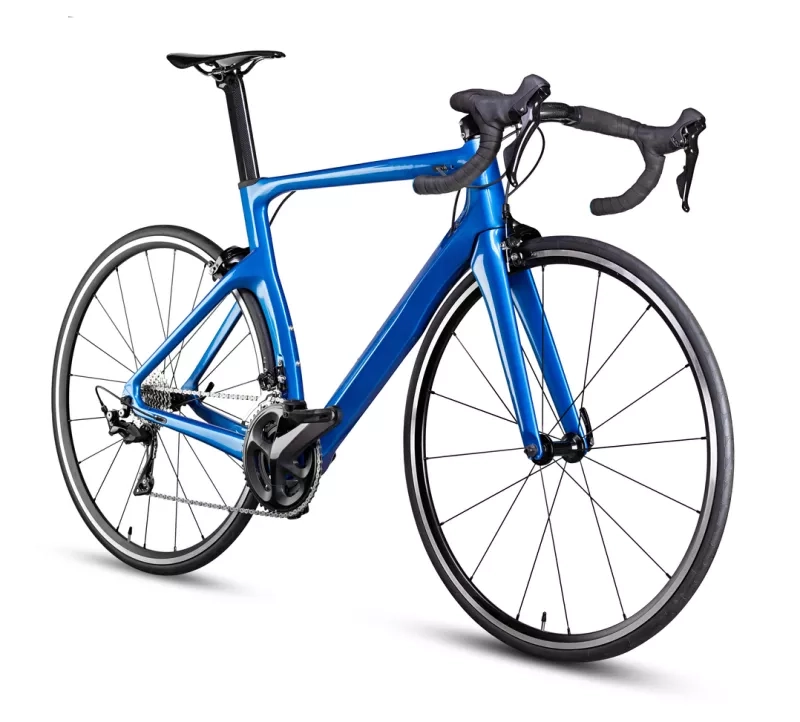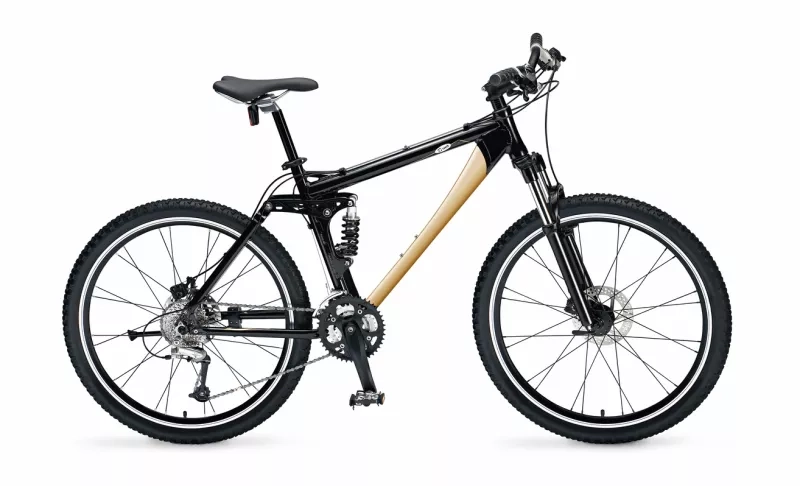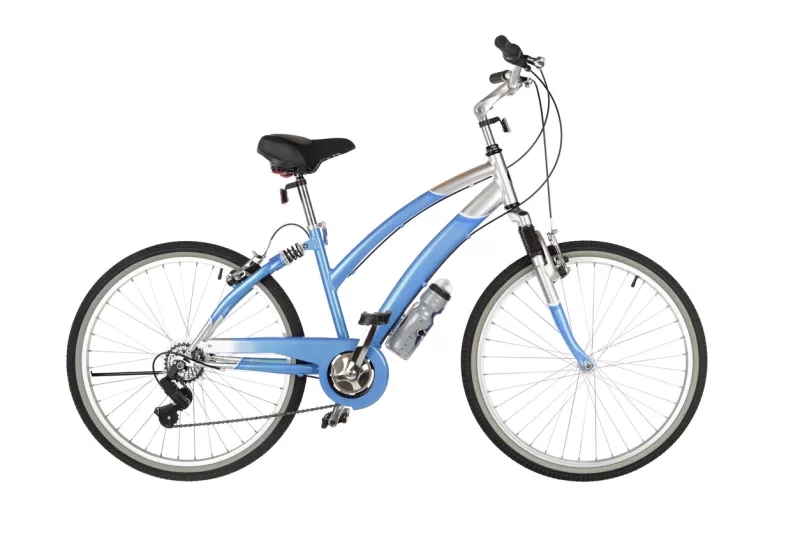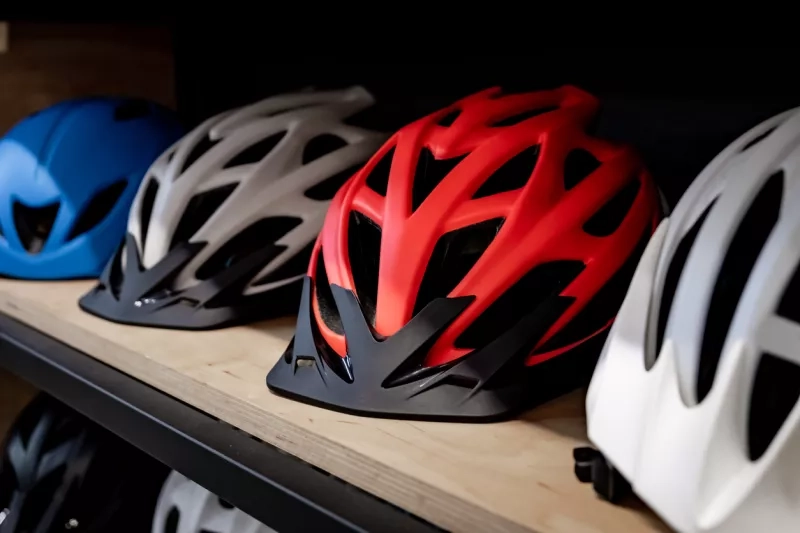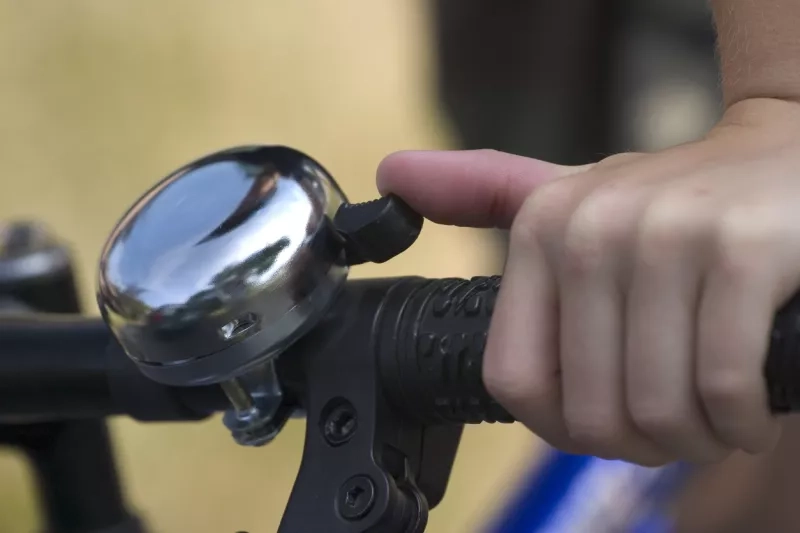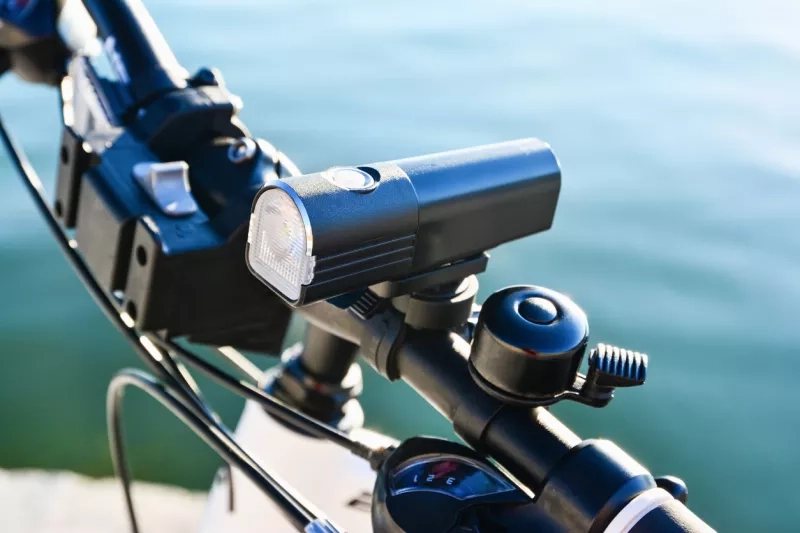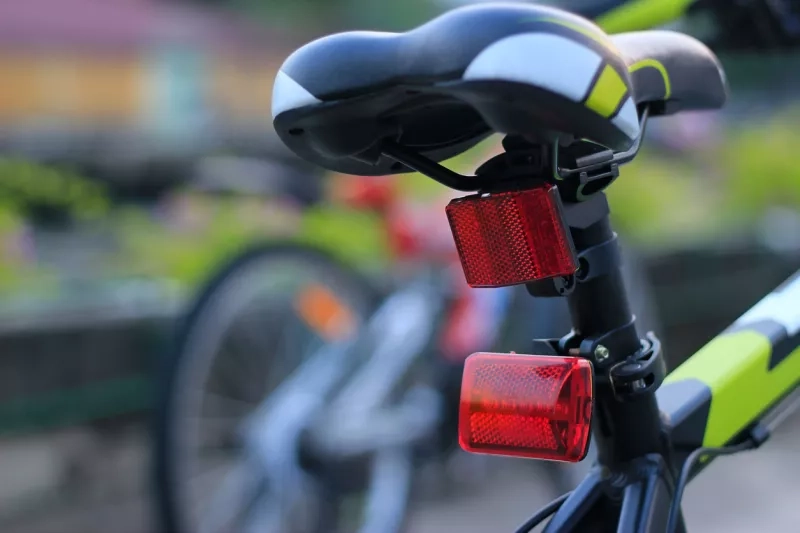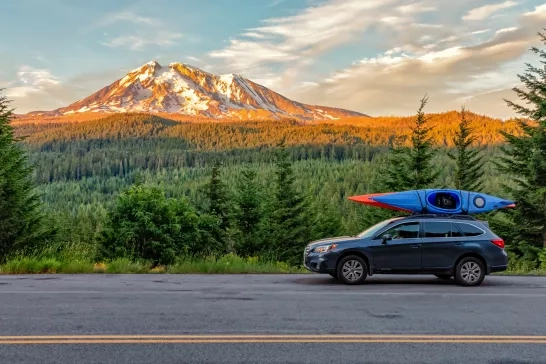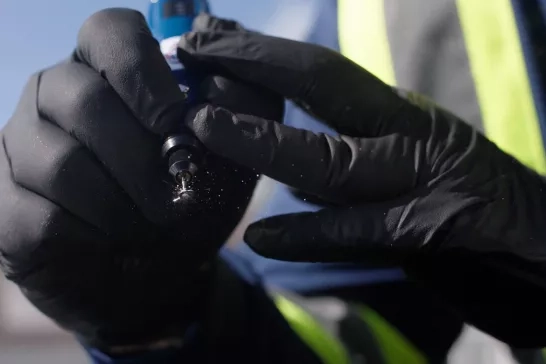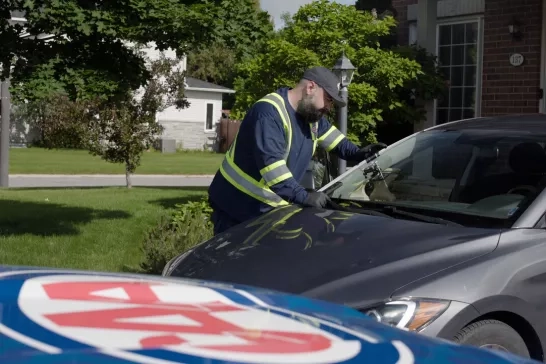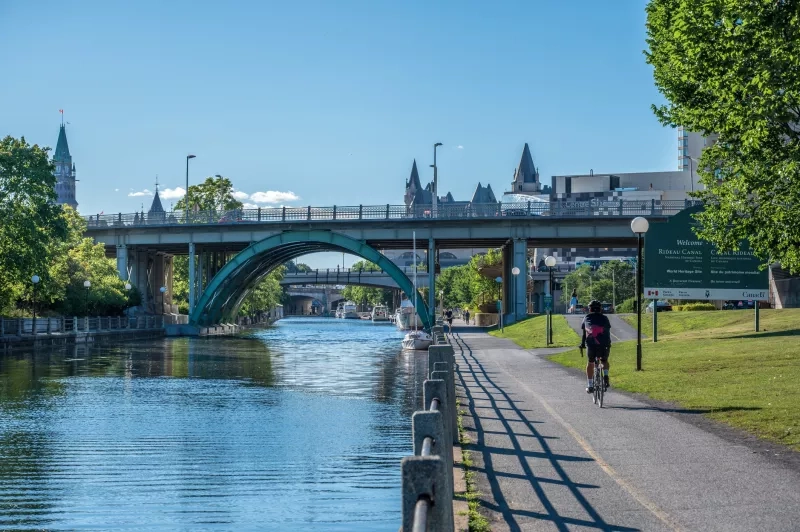
Cycling tips for beginners
5 Minute Read
Since the start of the pandemic, cycling has become the country’s new national pastime. Riding on two wheels served as a means of transportation, exercise and as a fun way to safely enjoy the outdoors.
Even if you missed out on the first wave of cycle mania, you haven’t missed your chance completely. It’s almost never too late to take up biking, says Paul Rogers, co-owner of Long Alley Bicycles in Halifax.
“You stay fit and healthy,” says Rogers. “Eventually, you’ll be in much better shape, feel better and have fun.”We’ve put together a guide for aspiring cyclists. Follow these tips, and you’ll be two-wheeling in no time.
What to keep in mind when shopping for a bike
Visiting your local bike shop can be an overwhelming experience. There will be inexpensive, refurbished options that cost $200 to more expensive ones that can cost several thousand dollars. There will be bikes with wide tires and skinny tires, bikes made from steel and those made from carbon fibre.
So, how does a novice rider choose which is right for them?
Pete Lilly, owner of Sweet Pete’s Bike Shop in Toronto, says the first step is to determine what category of bike you want. For that, there are three main options.
|
|
Road bikeLight and fast, they’re great for long-distance rides, hilly terrain and living out Tour de France fantasies on Canada’s back roads. But their skinny tires can get swallowed by potholes and streetcar tracks, making them more challenging to ride in urban settings. |
|
|
Mountain bikeChunky frames and thick, grippy tires make these bikes ideal for off-roading. But they’re relatively heavy and their tires create more friction, meaning you’ll have to pedal harder on pavement. |
|
|
Hybrid bikeAs the name suggests, these are a cross between a road bike and a mountain bike. Great for city cycling, they have wider tires than a road bike and a more relaxed, upright seating position. They’re also usually lighter than mountain bikes. All of that makes them Lilly’s choice for most new urban riders. |
Taking the Plunge
When you’re ready to buy, consider a bike shop
Once you’ve settled on a style, you’ll need to decide where to buy your bike. Here, you have two main choices: a department or sporting goods store or your local bike shop. While the prices at department stores are hard to beat—the sticker price on some adult hybrids can be as low as $300—the quality can be spotty, and replacing components tricky. For occasional riders, that might not be a problem. But if you're planning to ride regularly and you can spend a little more, the better call is a bike shop.
Ron Brand, manager of Toronto’s Cyclepath Norco, says many will carry good-quality hybrid bikes for around $700. That will get you a lightweight aluminum frame, replaceable components and 24 speeds, which makes pedalling easier.
Shop employees can also help you choose the right frame size and adjust things like the seat height and pedalling position, which Brand says can make riding infinitely more comfortable. “Millimetres make a difference,” he says.
Looking to save money? Consider a used bike
If you’re new to cycling, don’t feel obliged to spend a small fortune on your bike. Websites like Kijiji and Facebook Marketplace are brimming with quality used bikes, many of which can be purchased for under $300. Some sellers, though, maybe less than honest about the condition of the item. If you do opt for a used one, here are five things to look for.
Scrutinize the frame
Scratches are okay, but avoid bikes with dents, severe rust and cracked tires. They may be structurally unsound.
Inspect the chain and cassette
The latter is the round, spiky cluster of sprockets on the rear wheel, which should spin smoothly. If they’re caked with rust, chances are the bike hasn’t been well cared for.
Check the brakes
The pads should be in good shape and grip the wheel tightly when you squeeze the brake levers.
Go for a test ride
Make sure there are no strange noises or vibrations and that the gears shift smoothly.
Have it inspected at your local bike shop
If the seller is amenable, take it to a nearby shop for a quick pre-purchase inspection. Most shop owners will be happy to give it a once over and tell you whether it’s a good buy.
Essential gear to help ensure every ride is a safe one
Once you have your bike, you’ll be excited to hit the streets. But before you do, you’ll need some essential gear—it’s required by law.
In order to be seen, your front and rear lights must be turned on if you’re riding between half an hour before sunrise and half an hour before sunset, as well as if visibility is low or there are poor weather conditions. You’ll also need to have reflector tape on the front forks of your bike and red reflector tape on the rear forks. Though not mandatory, wearing reflective clothing when you’re riding at night can also increase visibility.
While adults in Ontario aren’t legally required to wear a helmet, they should, says Subha Ramanathan, manager of programs and partnerships for Share the Road Cycling Coalition, an advocacy group. “If you do fall off your bike, a helmet is the best way to ensure that you don’t end up being concussed—or worse.”
|
A helmet is required for those under 18, but is recommended for other riders, too |
A working bell or horn |
A white front light |
A red rear light or reflector |
Constant communication - Know your hand signals
As a cyclist, you need to let drivers and other riders know when you’re turning or stopping. That will give them time to react and to give you some space.
- Left turn - Point your arm directly to the left.
- Right turn - Point your right arm directly to the right or bend your left arm 90 degrees and point your fingers skyward.
- Stopping - Bend your left arm 90 degrees and point your fingers downward.
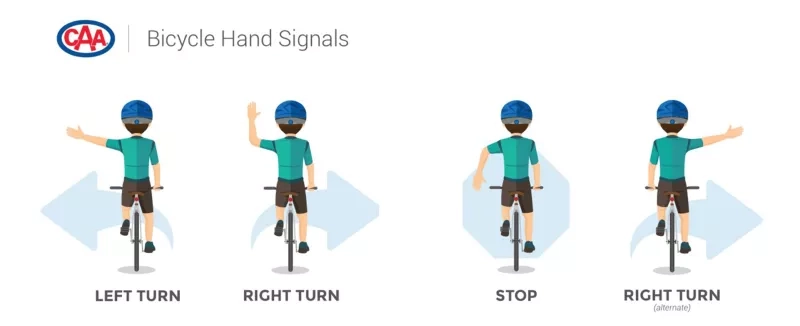
6 Safety tips for new cyclists
Avoid busy streets at first
Instead, opt for residential or side roads or bike paths. You can also try roads with dedicated cycling infrastructure, like protected bike lanes.
Maintain a safe distance between you and other vehicles
When passing parked cars, be alert and keep a one-metre distance if possible.
Follow the rules of the road
Come to a complete stop at all red lights and stop signs.
Be predictable
Ride in a straight line and use hand signals when turning and stopping.
Buy the best lock you can afford
Unfortunately, bike theft is fairly common, and while any lock can eventually be beaten, a high-quality one can deter would-be thieves.
Seek out cycling clubs or advocacy organizations in your area
They’ll give you tips on how to stay safe and may even organize group rides, which can help build your confidence.
CAA has you covered with two-wheeled assistance
If you find yourself stranded with your bike or have a broken chain or a flat tire, give CAA a call at 1-800-CAA-HELP (1-800-222-4357). CAA Bike Assist™ is roadside assistance for your bike and is available to all Members as part of your benefits. Visit caa.ca/bike for more resources, including riding tips for sharing the road with cars.

